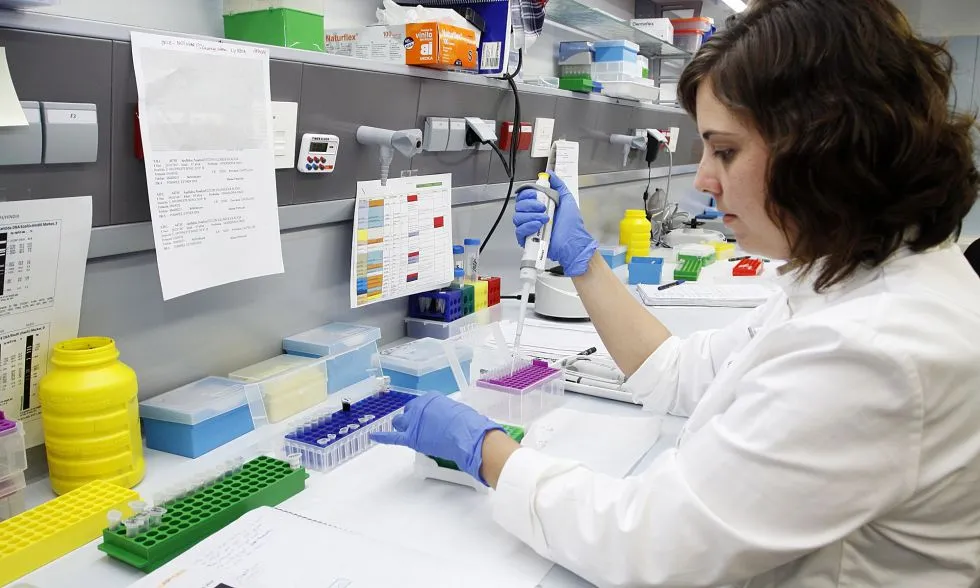Researchers from the University of Barcelona and the Carlos III Health Institute have identified activators of the mitochondrial mitofusin 2 protein as a possible therapeutic target for the treatment of patients with type 2 diabetes.
Led by researchers Antonio Zorzano, at the Barcelona Biomedical Research Institute (IRB), and Fernando Albericio, in the UB, together with experts from the Cyber of Diabetes and Associated Metabolic Diseases and the Bioengineering, Biomaterial and Nanomedicine Cyber, have identified themselves identifiedMitofusin 2 mitochondrial protein activators, which is expressed at abnormally low levels in tissues of diabetes patients.
"Thanks to phenotypic screening studies and validation studies in human cells, the role of mythophusin 2 protein has been demonstrated in the development of many of the alterations associated with diabetes," explained those responsible for the work in a statement in a statement.
Zorzano has indicated that research has focused on the search for mythofusin 2 activators, "a protein present in all mitochondria of our cells and that allows them to generate energy from nutrients depending on environmental conditions."
For his part, David Sebastián, a member of the research team, has specified that this protein "is a key regulator of many of the functions of the mitochondria, as well as the cell as a whole."
Thus, a deficiency in mythofusin 2 leads to the appearance of insulin resistance, one of the initial defects that lead to the development of type 2 diabetes.
Researchers have considered that the prevention of the decrease in mythofusin 2 levels can be a relevant therapeutic strategy to prevent the appearance of insulin resistance in susceptible people or in diabetic patients.
This work has already been published in Cell Chemical Biology magazine, and has had the collaboration of researchers from the universities of Santiago de Compostela and Extremadura, in addition to the cyber of rare diseases and the University of Queensland (Australia), where theFirst author, Laia Miret-Casals.
The CIBER (Consortium Biomedical Research Center) depends on the Carlos III Health Institute and is co -financed by FEDER (European Regional Development Fund).
The thematic area of diabetes and associated metabolic diseases (CIBERDEM) is formed by 31 research groups and the Bioengineering, Biomaterial and Nanomedicine (CIBER-BBN) area are formed by 47 research groups, of which two are associated.



